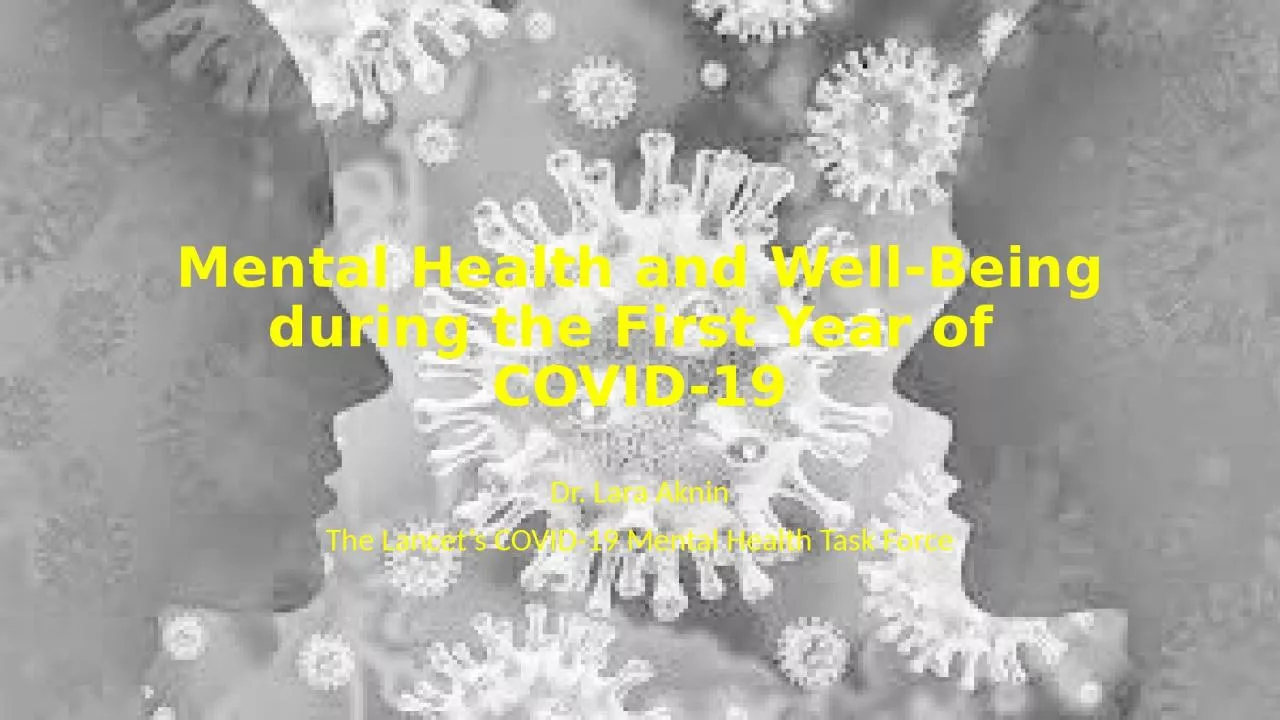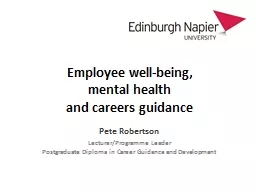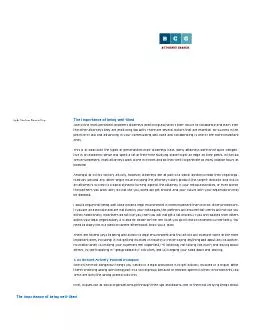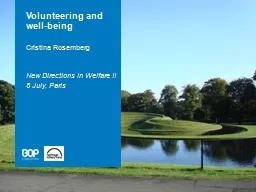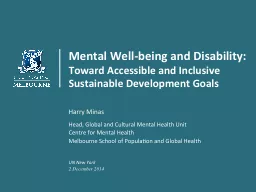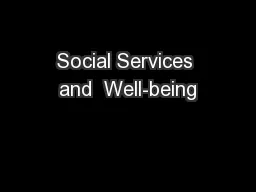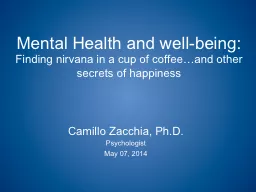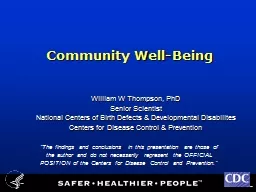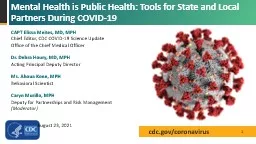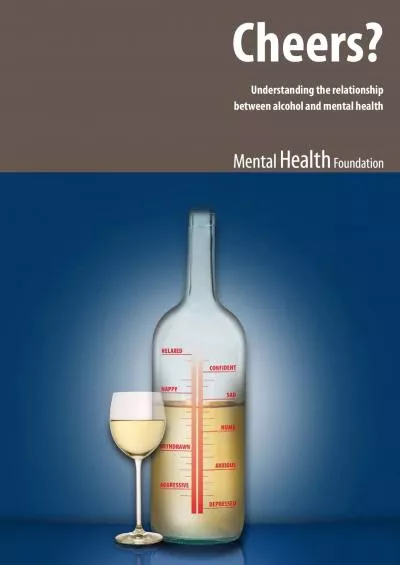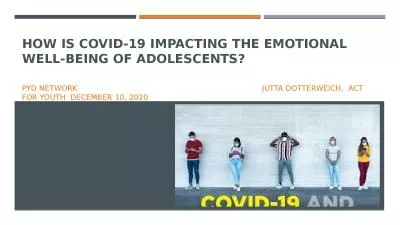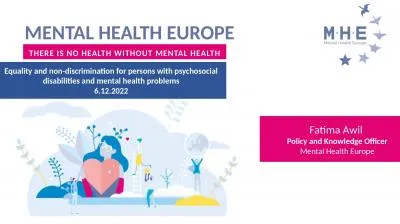PPT-Mental Health and Well-Being during the First Year of
Author : Soulreaver | Published Date : 2022-07-28
COVID19 Dr Lara Aknin The Lancets COVID19 Mental Health Task Force Daily life preCOVID Daily life during COVID COVID19 upended the lives of many Change in daily
Presentation Embed Code
Download Presentation
Download Presentation The PPT/PDF document "Mental Health and Well-Being during the ..." is the property of its rightful owner. Permission is granted to download and print the materials on this website for personal, non-commercial use only, and to display it on your personal computer provided you do not modify the materials and that you retain all copyright notices contained in the materials. By downloading content from our website, you accept the terms of this agreement.
Mental Health and Well-Being during the First Year of: Transcript
Download Rules Of Document
"Mental Health and Well-Being during the First Year of"The content belongs to its owner. You may download and print it for personal use, without modification, and keep all copyright notices. By downloading, you agree to these terms.
Related Documents

